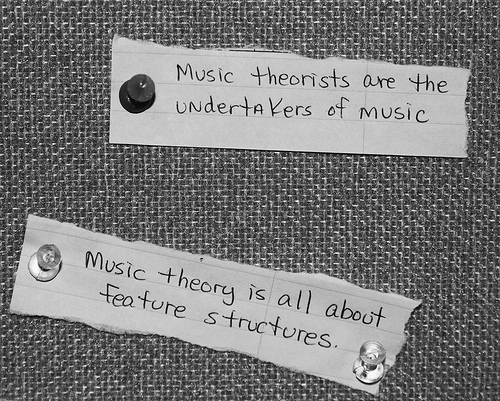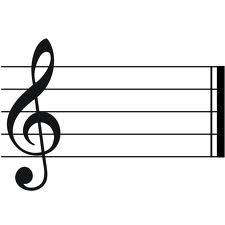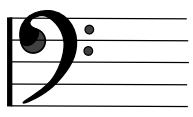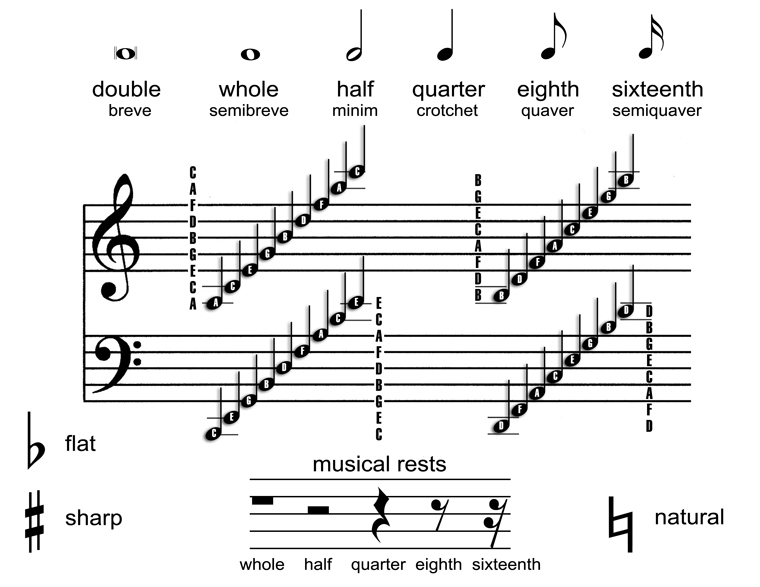The coolest of the cool claim to play by ear. It's Rock n' Roll, man. It's hip and popular. It's...actually restrictive for many young players.
Music Theory

Whether natural or taught, the talent of playing by ear is, without doubt, an amazing skill. Paul McCartney swears he never learned a note. Despite those acclaimed few, for most of us, the basics come first and an ear for the music comes second. We need the structure of music to fully form a foundation from which to build a strong skill. Music theory sounds complicated and as though it takes decades to master. It's rarely recognized as the dynamic vehicle that drives pop culture, but rather the stale smell that wafts through band halls and invades after-school music lessons. The fact is: music theory is the all-encompassing foundation to playing, creating, and mastering music and you probably are already familiar with the basics.
Remember F.A.C.E. and Every Good Boy Does Fine? (Hint: F,A,C,E are the notes of the spaces going up in treble clef and E,G,B,D,F are the lines going upward.) This is music theory!
Mastery: The Basics
At Matt Burk Music Studio, each instructor focuses first on music theory and using these basics as the student's foundation. The following are the first concepts musicians should grasp: the staff, common clefs, note names, rhythms, rests, intervals, meter and time signatures, key signatures, and dynamics. Reading music is almost like reading a different language.
Staff: The staff consists of five horizontal lines on which musical notes lie. The lines and the spaces between the lines represent different pitches.

Clefs: Clefs tell us which notes correspond to which lines or spaces. The most common clefs are the Treble Clef and theBass Clef.


From here we can learn about note placement and duration.
Duration: How long a note or rest is to be played. Notes and rests have fractional durations. A Half-note is half as long as a Whole-note, a Quarter-note is a quarter as long as a Whole-note and half as long as a Half-note, and so forth. Each duration will have its own symbol. Rests work the same way, just with different symbols.

That doesn't seem so difficult, does it? Whether you are familiar with these illustrations or not, Matt Burk Music Studio can teach you for the first time, refresh your memory, or hone your skill--no matter your level!
On music theory, Johann Sebastian Bach said it best: "There's nothing remarkable about it. All one has to do is hit the right keys at the right time and the instrument plays itself."
Special thanks to Quinn Anya for the photo of music theory quotes.
